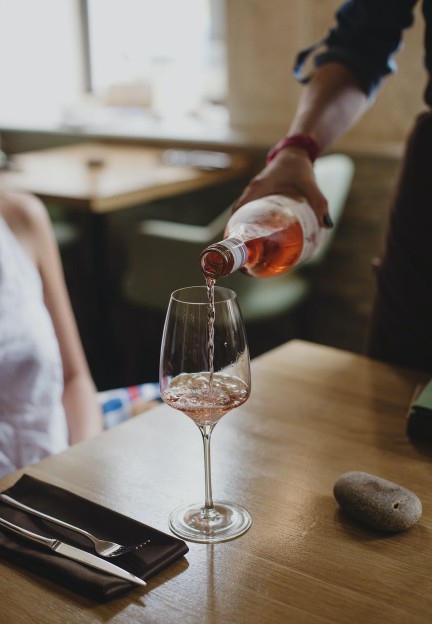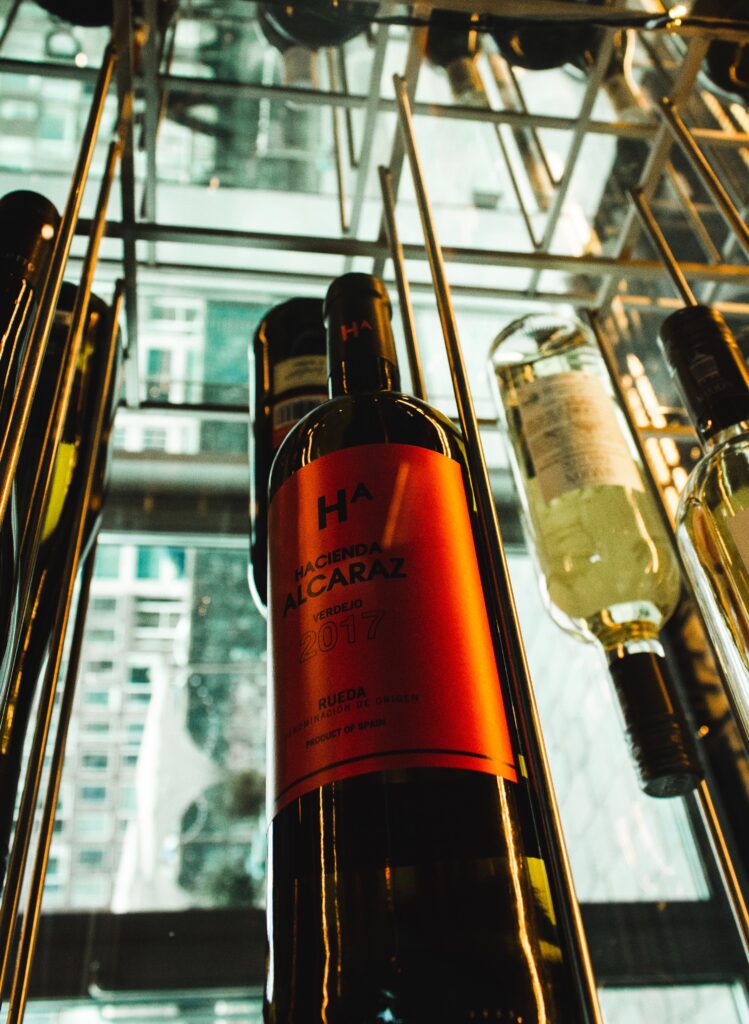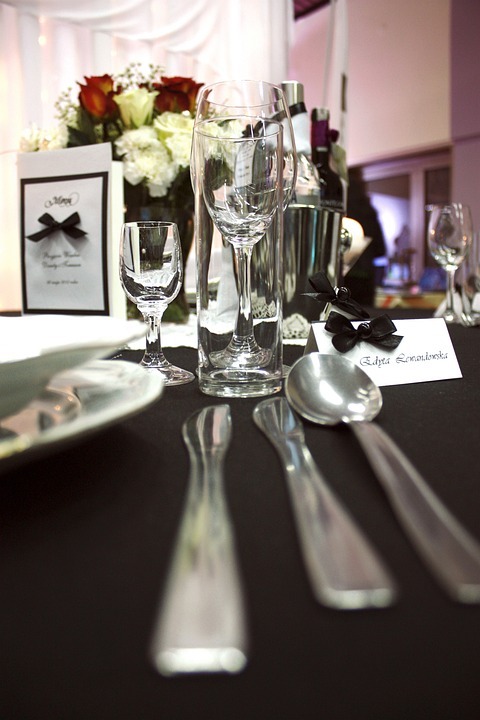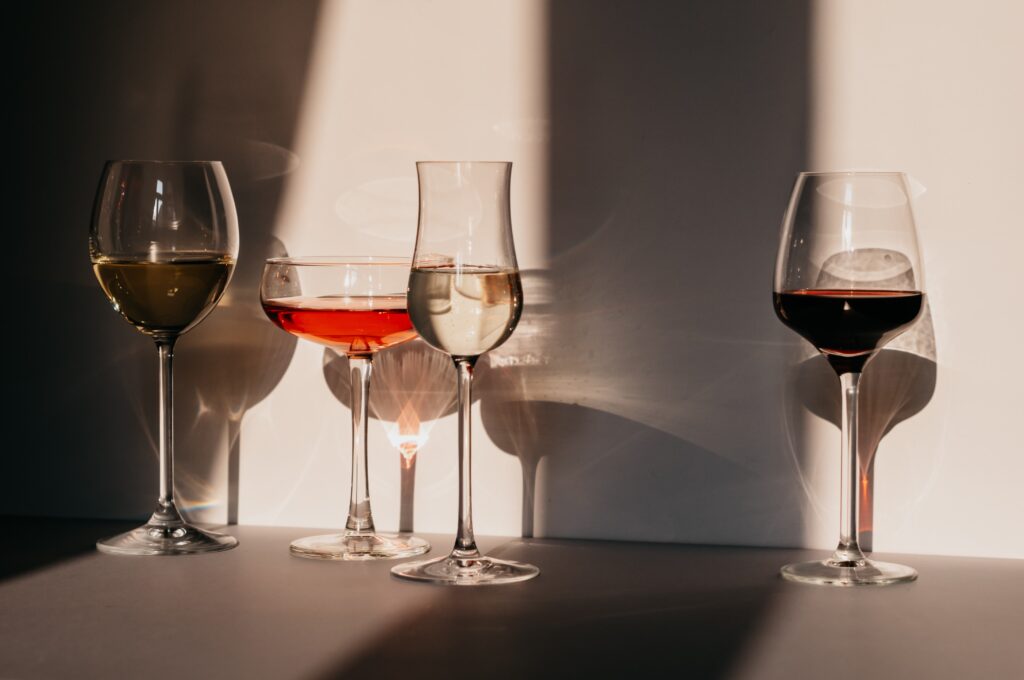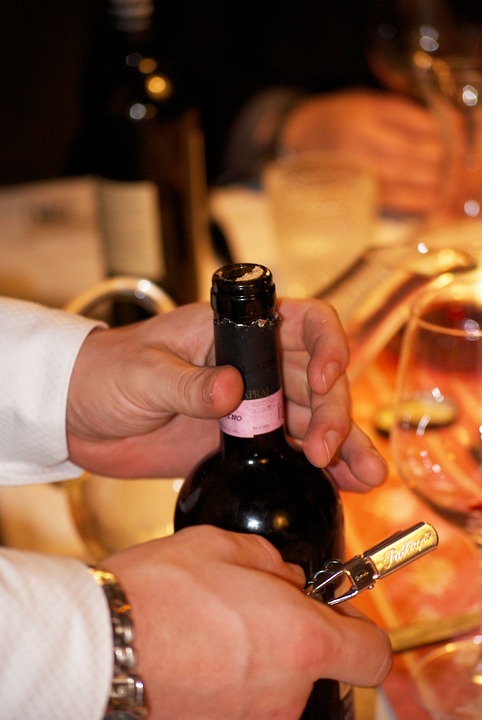Fine wine serving at a dinner table doesn’t require that you have a traditional wine tavern to do it properly. All you need is to know the do’s and don’t’s, as well as the proper etiquette of wine serving at the dinner table whenever you have guests in your place. And everything should be in their correct order.
Wine service is the standard serving of wine bottles to guests at fine dining. It usually comes with a wine waiter or a sommelier and a wine server in providing a perfect wine to your dearest visitors. So let’s take you for wine tours to enlighten you with some of the best wine service manners and decorum you can achieve even at a small restaurant you have.
The Rightful Way of Serving Wine
Serving wine etiquettes is a broad and extensive art to learn. Some countries even have their own academy to train and educate aspiring sommeliers to serve wine properly. But here, this will only discuss some of the fundamental procedures of wine in service that anyone can perform.
1. Prepare a List of Available Wine to Present to Your Guests. All the guests who ordered wine service should be presented with a list of available wine. This is the first step you need to perform whenever you are serving wine to customers. So list down all the wines you have at your bar and present it formally to each guest. Remember, do not put the wine list at the guest’s dining table; instead, it should be personally handed over to each guest.
Customers may be asking some inquiries about the wine list, so whatever question they may throw, you should be fully prepared for the answers. Some frequently asked questions would be about the quality of the wine, the perfect food pair with a particular wine, and even wine vintages.
Single orders of wine glasses do not require full wine service. As an alternative, orders are sent to the wine bar to be poured individually by the bartender before sending it back to the table.
When entertaining at home, provide a wide selection of red and white wines. Individuals have varying tastes. While some prefer robust and dry, others prefer mild and sweet. See what your preference in wine says about you for fun.
Red wines that are often stronger and wonderful with dinner are Cabernet and Merlot. Consider combining them with steak or pasta with red sauce.
Shiraz and Pinot Noir are lighter and more adaptable. They make excellent appetizers. Because it is a light red wine that goes well with turkey, pinot noir is frequently referred to as the “Thanksgiving red wine.”
Souvignon Blanc or a light, crisp Chardonnay pair well with poultry or fish. These often taste well at outdoor parties and are dryer whites. While a dry Riesling and a Pinot Grigio pair well with appetizers. These chicken skewers with jerk seasoning make delicious appetizers when paired with Riesling.
2. Prepare a Set of Wine Glasses. Wines have different kinds, such as red, white, and sparkling. And these kinds of wines are served separately in various sorts of wine glasses. So as a restaurant owner, you should be fully aware of this and impart this knowledge to your bartenders and waiters.
Serving wine glasses should be free of stains, blemishes, and even fingerprints. So, make sure to inspect all wine glasses before serving them to guest tables, or better yet, wear a pair of gloves. Wine glasses must also be placed on the right-hand side of each guest at the dinner table.
3. Know the Serving Temperature for each Wine. Serve wine at the proper temperature! It really does effect the taste and enjoyment of the wine. This is an essential yet often neglected factor in wine service. Wine serving temperature differs for each type of wine, whether red, white, or sparkling. You should prepare a wine refrigerator to easily control the temperature for each kind of wine.
The appropriate temperature must be below room temperature for red wines, usually between sixty-two to sixty-eight degrees Fahrenheit. To accomplish this, chill red wine for 20 minutes prior to serving. Red wine can be kept in the wine refrigerator at 55 degrees, and when it is taken out and served, it will warm up to the preferred serving temperature of 62 to 68 degrees.
While white wines and roses should be served chilled between fifty to fifty-five degrees Fahrenheit. It is too chilly to serve white wine straight from the refrigerator. Allow white wine to sit outside the refrigerator for 20 minutes before serving to reach this temperature.
Of course, every set of regulations has an exception. Riesling and a few sweeter or sparkling wines, like Moscato or Rosé, are present in this situation. Sparkling wines need to be stored at fifty-five degrees Fahrenheit, but providing them to guests should be brought down to between forty to forty-five degrees Fahrenheit.
Sparkling wines need to be stored at fifty-five degrees Fahrenheit, but providing them to guests should be brought down to between forty to forty-five degrees Fahrenheit.
4. The Proper Way of Opening Wine Bottles. This procedure in wine service could be challenging for some as it requires proper handling and experience to deliver it correctly. Opening wine bottles need to be performed before the guest table if they ordered a full wine bottle. So, if you struggled in opening them, you denied your guest of wine service etiquette.
In opening a wine bottle, always remember holding them in the air and never placing them down on the guest table. Announce the details of the wine to the guest for confirmation before opening it. Then carefully remove the cork from the bottle with your wine key.
Clean the lip of the wine bottle and cork after opening it. Then present it to the guest by placing them down on the guest table to match the wine details with the bottle. Afterward, you can proceed with pouring the wine.
5. Pouring Wine Etiquette. Once the guest has approved the wine bottle, you can proceed with the wine pouring. In most cases, the oldest woman at the dining table is served first, then always pour the wine glasses at the right-hand side of each guest. Estimate each pour to deliver an entire bottle of wine to all guests at the dining table. Never pour wine more than half of the glass.
The glass should only be filled about three-quarters of the way, and it is best practice to never hold the wine bottle by the neck while pouring. Instead, always pour from the bottom without ever touching the container. Always turn the bottle of wine slowly as you pour to prevent spills and make sure the label is visible. If this style of pouring is unfamiliar to you, some practice will go a long way toward making your movements as exquisite as your meal.
6. Know the sequence – White wines are typically served before red wines, while dry (or “sec”) wines are typically offered before sweet wines. The main deciding factor, though, is food. The most crucial objective is to offer the wines in the order that best complements your food. For recommendations on suitable wines, go to the section on food and wine pairings. A good pre-dinner choice to serve with hors d’oeuvres is sparkling wine. An aperitif to stimulate the appetite.
If you’re serving more than one kind of wine with the meal, this general progression works best:
- white wines before red wine,
- light wines before heavy wine, and
- dry wines before sweet wine.
- drink lesser wines before better wine.
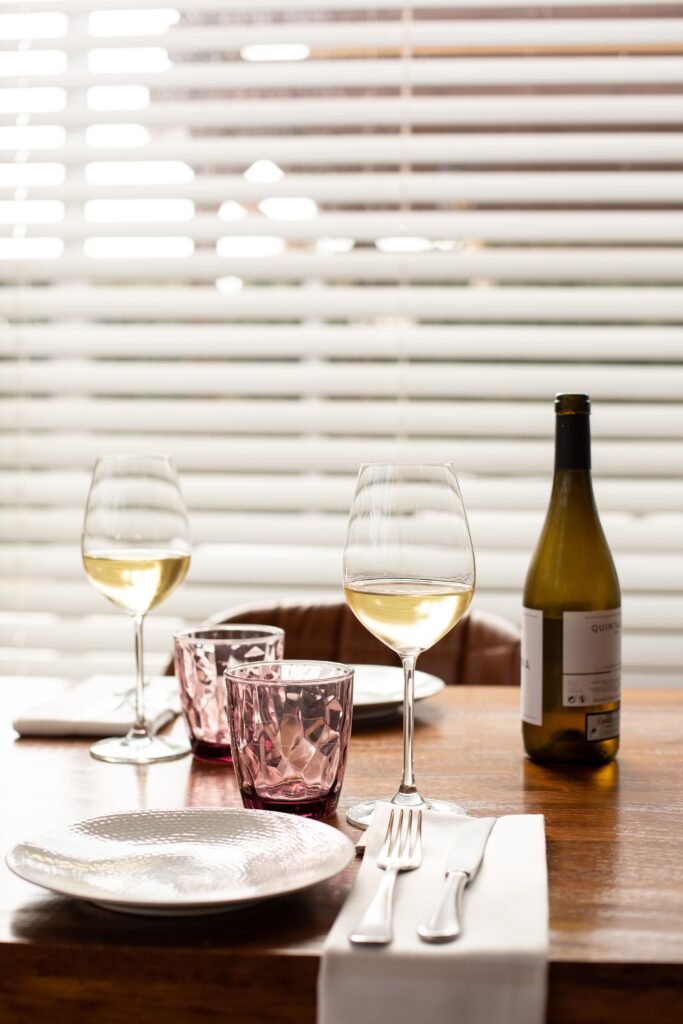
5 Mistakes in Serving Wine
Excellence can be found in the details, just like any outstanding service. Servers can frequently master the fundamentals but fail miserably with the finer points. The top five errors we see servers make are listed below:
- Removing the foil off the bottle’s lip. Just below the lip of the container, cut the foil.
- Taking out the cork using the wine opener. The server should then manually remove the cork after the opener has gently loosened it up to around a quarter-inch.
- To remove the cork, twist the bottle. The bottle label should always be towards the customer who placed the purchase as the cork is turned.
- Releasing the cork. When the cork pops out of the bottle, not much more than a breath of air should be audible.
- Dripping while it is raining. After each pour, slowly rotating the container will typically stop dripping. The odd escapees can be cleaned up with a clean linen laid over the forearm.
Prior to serving the first course, keep in mind that no wine should be poured. Following the first course, you can start pouring from the host table setting and work your way slowly to the most significant individuals before turning to the women seated at the table. The older males should serve the younger men.
Conclusion
Serving wine is crucial to the overall “wine experience” you provide to your customers at restaurants, and this goes for both casual eateries and fine dining venues.Knowing how to serve wine at its best can include everything from considerations that maximize the varietal’s quality to how it is presented to the customer.
Many people find it difficult to order wine in a restaurant. It’s not just about taking in the food and wine; it’s also about what your decision says to the people at your table. Perception is key, especially for business lunches or dinners, and some assistance in choosing your wine is frequently quite appreciated.
It’s important to do all the little things perfectly and, most importantly, to make sure that everything runs smoothly when serving superb wine and presenting it during any occasion.

